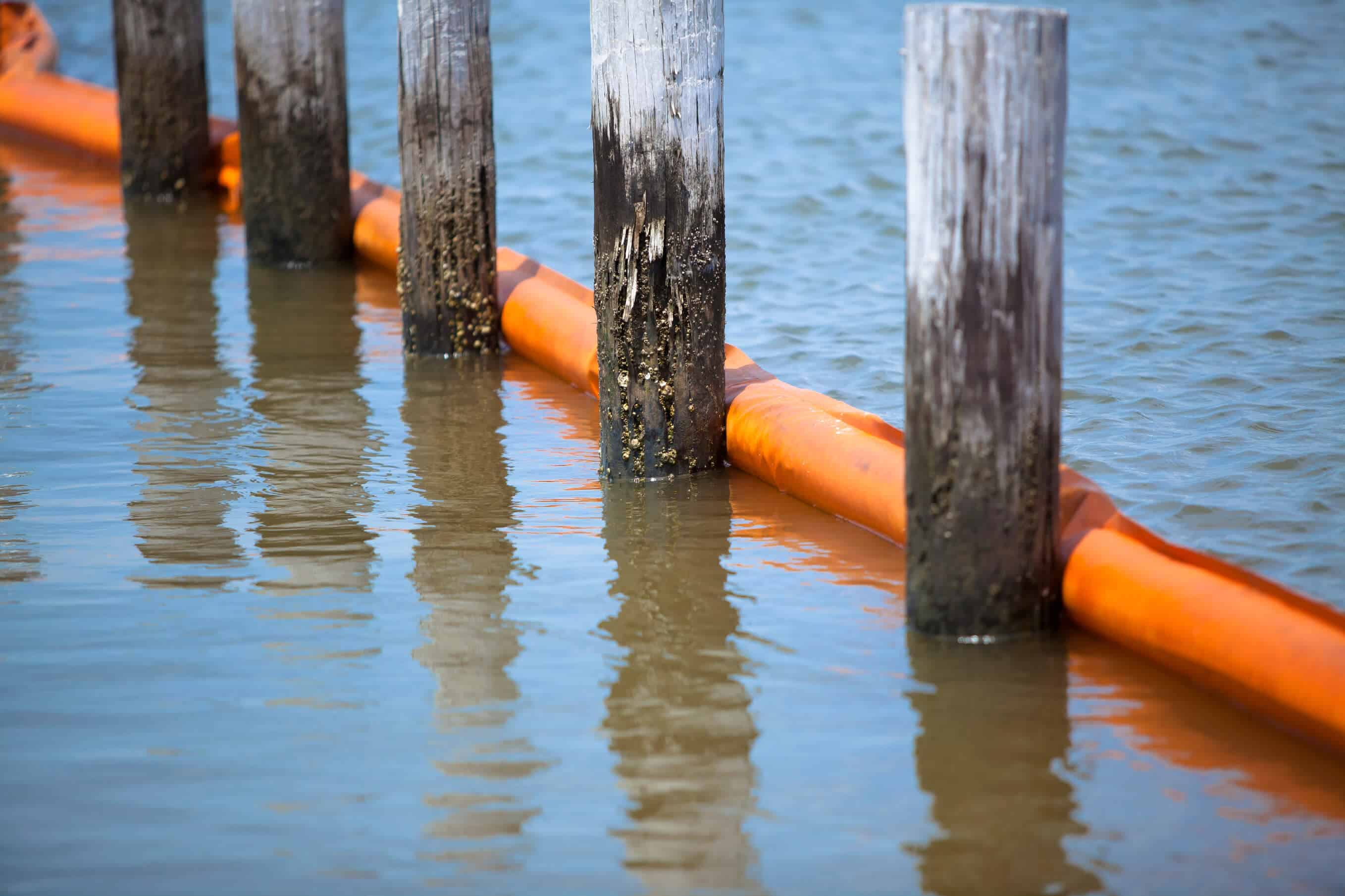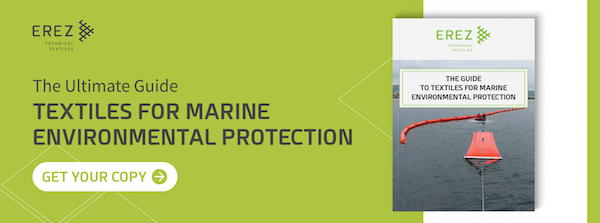The Right Choice for Oil Spill Booms: Rubber vs Thermoplastic Polyurethane (TPU)
Environmental ControlJul 18, 2021
In case of an oil spill, the first step is to contain the spill damage and minimize its effect. Booms are the perfect oil spill equipment that immediately deploys and allows you to keep the spill confined until you can start the cleanup activities.
While the material choices for open water oil spill booms were very limited in the past, the situation is different now. You can now find numerous material combinations for different applications. However, rubber and polyurethane are still the most used materials for oil booms and are often compared.
This article will take a look at the capabilities of both materials and discuss which one is the better choice.
Oil spill booms: A necessary contingency
In offshore drilling and oil transportation, spills are a necessary evil that happens very often. Oil has the potential to completely destroy the aquatic ecosystem as it is fatal for marine life. However, it also has paramount importance in both industrial and domestic applications, so you can’t stop its extraction.
Oil booms are among the most effective contingency plan for spills in open water. They are easily deployable, can work in most aquatic environments, and are generally simple to store and maintain.
Depending on the requirement, the oil boom can be of different types and materials. In most cases, the application environment, requirements, and technical parameters are the most decisive factors that influence the design decisions.
Why is rubber a popular material choice for oil booms?
Synthetic rubber is a popular material choice for oil booms and has been the industry standard for the last 20 years or more. Rubber is a time-tested material that has historically performed in many aquatic conditions. Inflatable oil booms are something the industry is familiar with and trusts for hydrocarbon spill containment applications.
Here are some of the main strengths of synthetic rubbers that make them a suitable material choice for oil booms:
- Chemical resistance against seawater and hydrocarbons
- UV resistance for open water application
- Convenient to deploy and store
- Excellent performance in unstable waves
Disadvantages of using Rubber for Oil Booms
Hazardous Production for Both People and the Environment
Despite these strengths, synthetic rubber has its limitations as well. For oil boom production, synthetic rubber needs to be vulcanized, which requires an intricate and energy-consuming process. Production with rubber relies on hazardous chemicals such as solvents base glue and other harmful compounds that can have detrimental health implications for the workers involved in the production process. Similarly, the components are also terrible for the environment.
Difficult Repair in the Field
Oil booms made of rubber are very difficult to repair in the field or after use.
That means once the rubber-made oil boom is deployed, any damaging encounter will almost certainly require to retract the boom and transfer it back to the shop for repair. Removing a boom requires replacing it with a new one to maintain the containment and all of the logistics involved.
The advantages of using TPU over rubber
Thermoplastic Polyurethane (TPU) is another popular and powerful alternative that comes with all the qualities of synthesized rubber but without its drawbacks. The material has enhanced chemical and abrasion resistance to ensure long-lasting performance in all conditions.
Here are some of the most noteworthy qualities of TPU that make it an excellent material choice for oil spill equipment:
- Chemical resistance against seawater and hydrocarbons
- UV resistance for open water application
- Lighter in weight in the similar boom, therefore convenient to deploy and store
- Excellent performance in unstable waves
- Excellent abrasion resistance
- Excellent cold cracks resistance
- Cost-effective in the long run
- Enhanced chemical and abrasion resistance
- More suitable for air containment due to its durability and high-frequency welding
- Simpler repair and maintenance processes
- Environment friendly
- Safe for your workers
For a buyer who is looking to get the best bang for their buck, a TPU made boom costs less than a rubber-made boom. Additionally, the lifespan of PU oil booms is several times greater than their rubber counterparts, which makes PU a more suitable long-term investment.
Synthetic rubber vs TPU: The verdict
It is very difficult to outrightly declare a material option as the best choice for booms. Oil spill equipment and other hydrocarbon spill applications require several considerations. Starting from the environmental and technical factors to your client’s preferences or your production capabilities. Everything influences your decision.
However, synthetic rubber and TPU have been proven in the field to be suitable for almost all common scenarios. Comparing the two material choices, TPU naturally comes on top owing to its superior chemical resistance, convenient maintenance, and environmental advantages. As an oil spill equipment producer, it’s your job to recommend an approach that is sure to result in a superior product for your clients.
Share this Post





